A few days ago, the pro-Azawad website Toumast Press reported that Algerian army personnel were in Gao training fighters belonging to Ansar ud-Dine and MUJAO, the Islamist militia who recently drove the Touareg separatist MNLA from the city. They also reported that the Algerians have been sending heavy weaponry to the city under the guise of humanitarian aid.
These are serious accusations which bolster the long-standing theory that Algeria is using Islamist groups as proxies in Northern Mali to carry out its principle foreign policy aims in the region. These aims are, first and foremost, to prevent the creation of an independent state of Azawad by any means necessary. Secondly, to make sure no foreign power, apart from itself of course, sends troops or humanitarian aid to northern Mali. Thirdly, to ensure that Algeria remains the primary economic, diplomatic, political and developmental force in the region. And lastly, to make sure that Algeria eventually regains its historic role as power-broker and mediator par excellence in any conflict between Touareg separatists in the north east of Mali and the government in Bamako. The job has temporarily been given to Burkina Faso, after the MNLA refused to allow Algeria to play their usual role back in February, stating that Algerian mediation had always ended proving disastrous for the Touareg cause. Algeria would like that role back.
Almost every leading politician or military leader of note with more than a passing interest in the situation in northern Mali has been beating a path to Algiers in recent weeks, from the newly appointed French foreign minister Laurent Fabius to the Malian Prime Minster Cheikh Modibo, as well as officers from the now as-good-as defunct Malian army. For the moment, the Algerian government is listening and sitting pretty, refusing to take part in any military intervention in the north east whilst allowing the kudos and the solicitations to accrue. The cynics and conspiracy-theorists would say that it doesn’t have to intervene militarily. It has proxies like Iyad Ag Ghali and his Islamist Ansar ud-Dine militia or Al Qaida in the Lands of the Islamic Maghreb (AQIM) in situ, on the ground, fulfilling its military objectives in a satisfactory way already. But when the time is right, it will be ready and able move in the troops.
Whether or not the Algerian secret services, the DRS, are the puppeteers of the current chaos in northern Mali, Algeria’s policy in the region should become part of the curriculum taught to every student of African politics or international relations for years to come. To put it simply, it has been masterful. The prospect of an independent Azawad was no more welcome to Algeria at the start of the conflict than the prospect of an independent Kurdistan is to Turkey or Iran. The Touareg of southern Algeria have never been as rebellious and belligerent as their cousins in northern Mali, but the government in Algiers knows full well that it wouldn’t take much to turn the simmering social tensions in its southern Saharan wilayas, or provinces, into a conflagration that it might find hard to control. The very idea of Touareg independence only needs success, or the perception of success, to gain considerable traction amongst the Touareg populations of other countries in the region, especially Algeria, Niger and Libya. Furthermore, Touareg success is seen as Berber success, especially by Berber minorities in Algeria and Libya who have hungered for some kind of breakthrough in their fight for great political and cultural freedom for a long time. The Berber struggle, particularly in the northern Algerian province of Kabylia, has been the main internal headache of Algerian governments since independence. The last thing President Bouteflika needs right now in these fragile post-Arab ‘Spring’ times is for the numerous and restless Kabyle in his country, fired-up by the onward march of their Berber cousins in northern Mali, to launch a major uprising or secessionist attempt.
Moreover, Algeria takes a dim view of the prospect of Touareg separatists entering into any kind of cosy relationship with France and thereby letting the old colonial power regain a central role in the affairs of the Sahara, a role it has coveted ever since the late 1950s when it made an attempt to keep hold of the Sahara after independence. France has always said that it’s number one priority is to put Mali back together again. But when will fighting Islamic terrorism override the priority of territorial integrity in the Sahel. And if it does, wouldn’t the MNLA, who are desperately putting themselves forward for the job, partner up well with France in the fight to rid northern Mali of rabid Islamist mujahedeen. The US, who, as the many Wikileaked Bamako embassy cables prove, have long had a surprisingly good grasp of the arcane politics of northern Mali, are no doubt asking themselves the same questions. But, to put it crudely, Algeria’s general message to France, Europe and the US since the start of the uprising has been “Hands off! The north of Mali has always been our backyard and we intend to keep it that way.” Although the mineral and oil wealth that supposedly lies tantalizingly close under the sands of northern Mali has yet to be fully exploited, Algeria will aim to make sure that it has a major hand in its exploitation when the time comes. It doesn’t want Australian, Canadian, French or Qatari companies sticking their mining noses in an area they feel is rightfully theirs.
When Khadafy fell last autumn, the prospects for Algerian foreign policy in northern Mali weren’t good. Contrary to popular belief, the wily Libyan dictator, who was as averse to the idea of an independent Touareg state in the Sahara as his counterparts in Algiers, had always been able to control, dampen and snuff out troublesome outbreaks of Touareg rebelliousness whilst simultaneously strutting around pretending to be a great friend of the Touareg and supporter of their cause. With Khadafy’s useful blocking presence now swept away, and with truckloads of weapons pouring out of the arsenals of Libya, Algeria knew even before the outbreak of the rebellion on January 17th, that this time round, Touareg nationalism in northern Mali was going to become a major headache and foreign policy challenge. The MNLA’s rebuff of their early mediation proposal only enhanced that uneasy feeling. But wisely, instead of carrying out a full frontal military intervention, they sat and waited, bolstering the military readiness of their army units stationed in Tamanrasset, and boosting their air-strike capacity. They also sent a small contingent of army personnel to the key Malian military base of Amachache in Tessalit, a move which cleverly delayed the MNLA’s full frontal assault on the base by several weeks. Meanwhile they refused to allow wounded MNLA soldiers into Algeria to get treatment, in contravention of the Geneva convention, and contained the many thousands of refugees who poured over their southern borders, fleeing the conflict.
In late March, when it looked like the Malian army was being routed by the MNLA and their Touareg Islamist allies in Ansar ud-Dine, and that total defeat was only days away, seven Algerian diplomats were kidnapped by the Islamist militia, the MUJAO, from the Algerian consulate in Gao. Whether the dark hand of DRS manipulation played a part in this event or not, it allowed Algeria to present itself as a victim of the troubles, with a grievance that might legitimize its intervention, if necessary. Then, after the MNLA prematurely declared the independence of Azawad on April 1st, matters began to go miraculously well for Algeria. The boss of Ansar ud-Dine, Iyad Ag Ghali, a Touareg strong man who has been intimate with the Algerian military and security establishment since his days as leader of the nationalist MPLA in the early 1990s, basically hi-jacked the MNLA’s victory, replacing nationalism with Islamism and stating that his purpose was only Sharia law in the whole of Mali and not any kind of Touareg independence. Suddenly, Ansar ud-Dine seemed to emerge as by far the strongest military group in the north, stuffed with well equipped, well paid and experienced fighters from the Ifoghas, the traditional ruling Touareg clan in the north east. Where did Ag Ghaly find all the money to transform what had been a minor group comprising a few hundred men at the start of the uprising in January into the leading military power in the north. Was it from his friends in Algeria? Was it from super-wealthy contacts he made in Saudi Arabia back in 2007, when he was posted to the Malian consulate in Jeddah? Was it from the Prince of Qatar, always happy to see the advancement of Salafist ideologies anywhere in the Muslim world? Was it from rich local Arab drug barons? Was it from the war chests of Al Qaida in the Islamic Maghreb, bloated by the proceeds of their kidnapping exploits in recent years? Was it from a combination, or even all, of these?
Soon after the MNLA’s indepdence declaration on April 1st, AQIM and MUJAO surged from nowhere and grabbed Timbuktu and Gao respectively, both using Ag Ghali and Ansar ud-Dine as a kind of front to appease local Touareg. Both these terror organizations were in effect representing the interests of local Arab-speaking populations and especially those of powerful Berabiche Arab and Tilemsi Arab drug smuggling dons, who also reviled the prospect of a Touareg dominated independent Azawad. The aims of these powerful Arabs chimed perfectly with those of the Algerian government, and with what was left of the Malian government as well: we all must prevent an independent Azawad at all costs. No one can understand what’s happening in northern Mali without trying to get to grips with Arab vs Touareg tribalism, which is a tale of mind-befuddling complexity and longevity in itself.
Then, a few weeks ago, MUJAO, with the backing of the local Songhai population, who were also desperately keen for Gao and the north to remain part of Mali, managed to kick the MNLA out of the city. This was a major defeat, and an acute embarrassment, as the MNLA had long declared that Gao would be the capital city of their independent state. The dispirited, penniless and ill-disciplined Touareg rebel force had been given its comeuppance. For the moment, the dream of an independent Touareg state lies dead in the water. Since their defeat in Gao, word has it that MNLA leaders have been contemplating abandoning their erstwhile uncompromising demand for total independence, and talking to representatives of the African Union, ECOWAS and yes, even Mali itself, about creating an autonomous Touareg-dominated homeland in the north east, modeled on the state of Quebec in Canada, which would enjoy considerably greater economic, political and cultural freedoms than ever before but would, crucially, remain a part of Mali. The theory goes that the MNLA might be able to rescue the situation, and their dignity, if they ally themselves with the rump of the Malian army and take the fight to the Islamists. That way, they’ll get the African Union, ECOWAS, France, the US firmly behind their cause, but the price they’ll have to pay is the abandonment of their long-cherished dream of an independent Azawad. “The rout of the Touareg of the MNLA in Gao is a good thing,” an Algerian DRS agent recently told the French magazine, Jeune Afrique. “Now, the ex-rebels will turn to the Malian army.” In other words, Azawad is dead. Algeria is happy. Mission accomplished.
So what about the big Algeria – Terrorist collusion theory? Did Algeria plan the Islamist hi-jack of the Touareg cause? Did it mastermind it? Did it finance it? Or did events just spin themselves out with glorious serendipity? Anybody who knows the long dark history of Islamic insurgency in Algeria also knows that the Algerian government is no stranger to the manipulation of Islamist movements. There are examples aplenty of government collusion with terrorists from the bloody civil war of the 1990s. The man who created the GSPC, the fore-runner of AQIM, Hassan Hattab, was an ex-Paratrooper in the Algerian army. Amari Saïfi, aka Abderrazak ‘El Para’, who carried out the kidnapping of 32 western tourists in southern Algeria in 2003, the event that launched the kidnapping game in the southern Sahara, was not only an ex-Paratrooper, but also a special forces operative, trained in the USA and Russia, who spent time as a bodyguard to General Khaled Nezzar, one of Algeria’s most powerful men. Iyad Ag Ghali made excellent links with the Algerian army and the DRS in the 1990s, as leader of the Touareg rebellion and in the 2000s, as a hostage-negotiator of choice. So there’s form to support the theory. But, unfortunately, no really hard evidence. Hard solid copper-bottomed evidence, that’s what we hacks in the media need. I do wish that Toumast Press, rather than just reporting hearsay, would distribute a few discreet cameras with telephoto lenses to friendly, and courageous, operatives in Gao and Timbuktu, so that they can capture any collusion between Algeria and the Islamists on film and post it on You Tube for the world to see. Easier said than done, I know. But we need that evidence, guys, and we need it badly.
In the end, whether Algeria has been playing chief puppeteer in northern Mali or whether fate has simply smiled on its parade, the recent turn of events has delivered almost everything that Algeria could have wished for. Somehow, and I admit I don’t exactly know how, they have played an absolutely masterful game.

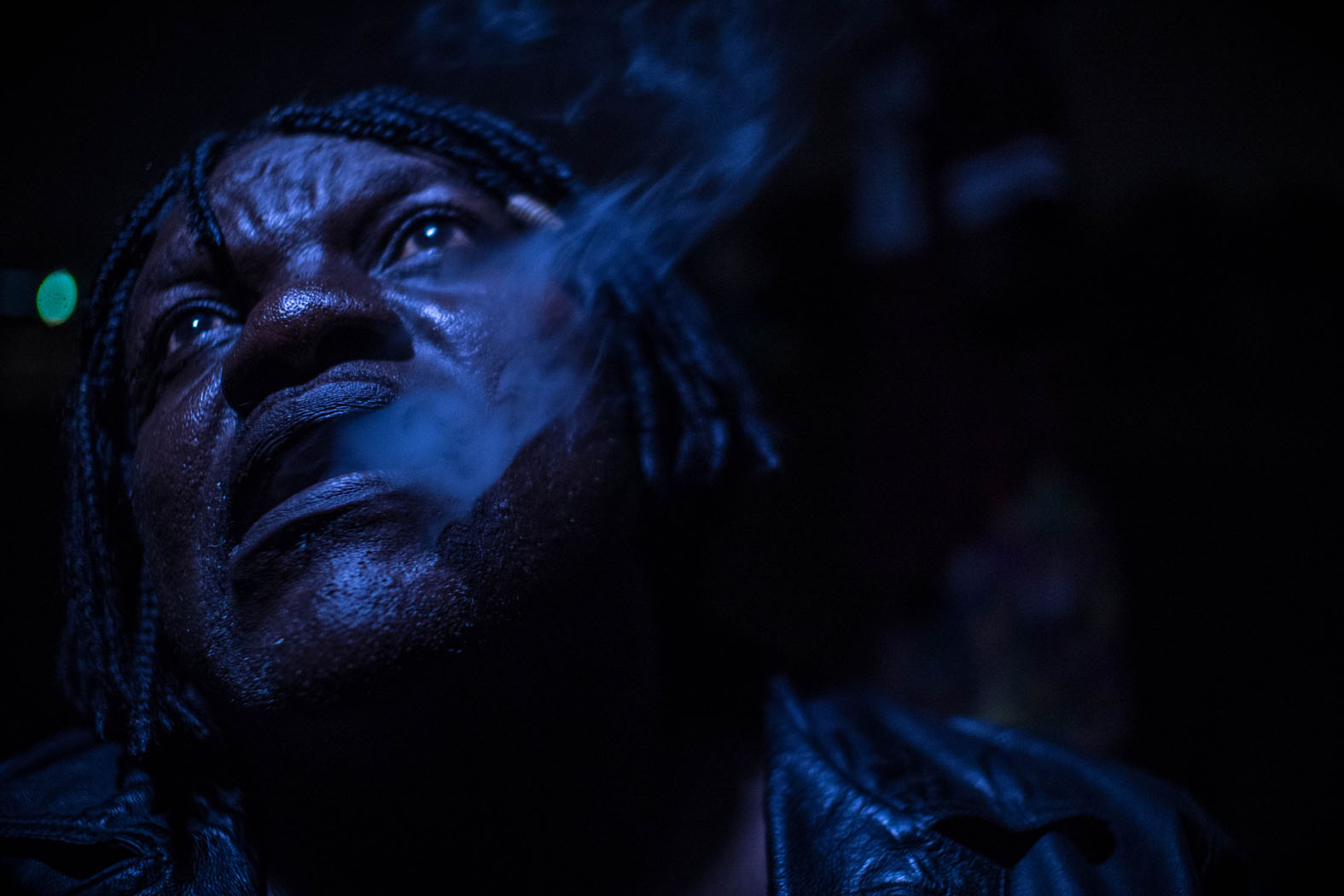
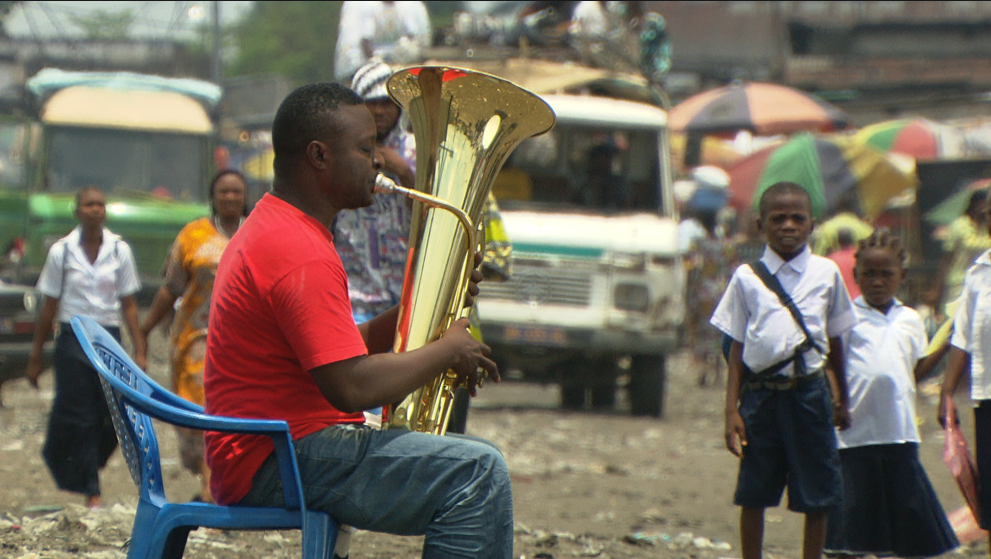

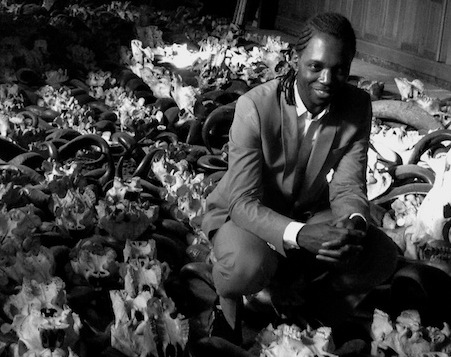
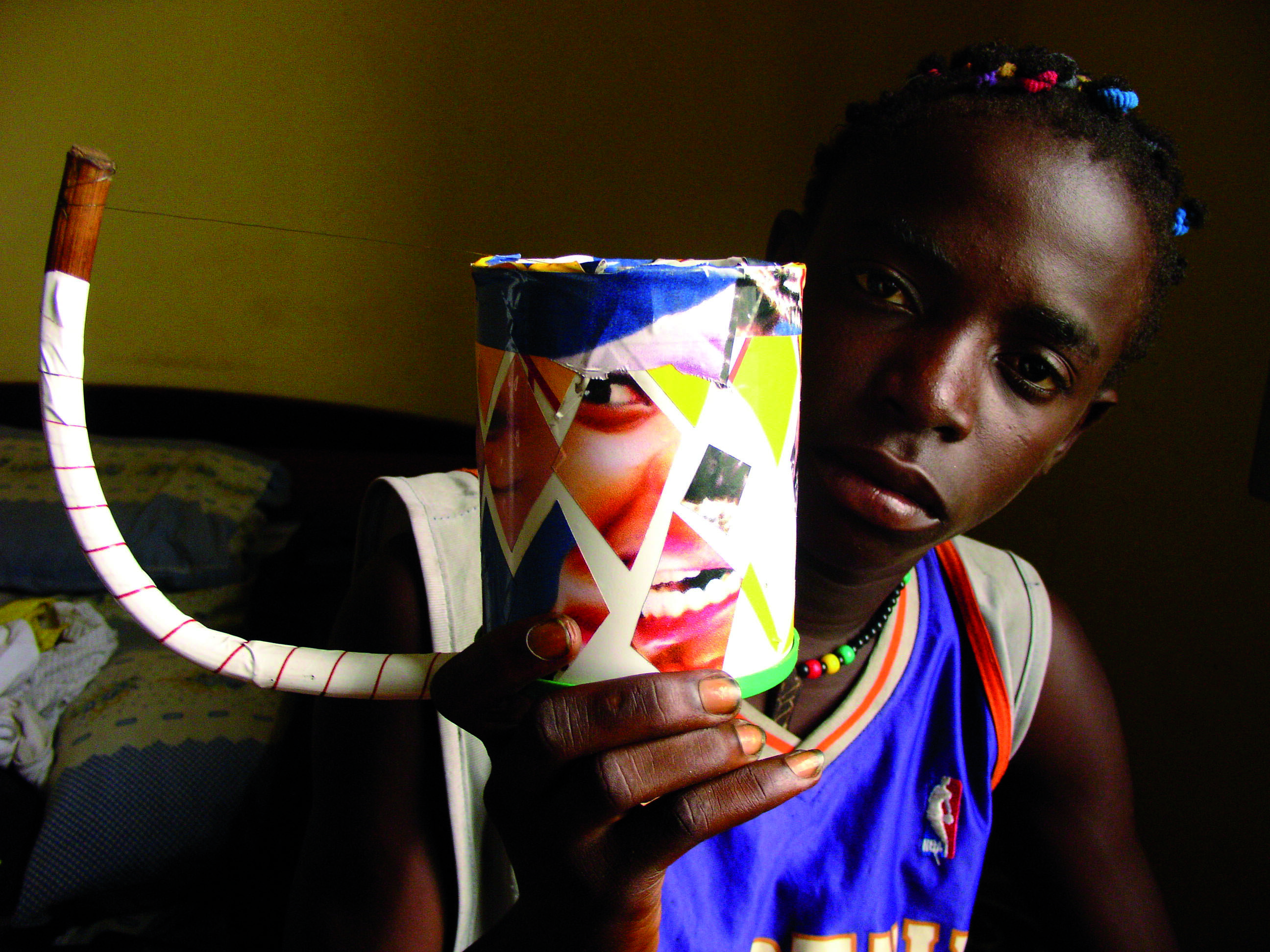
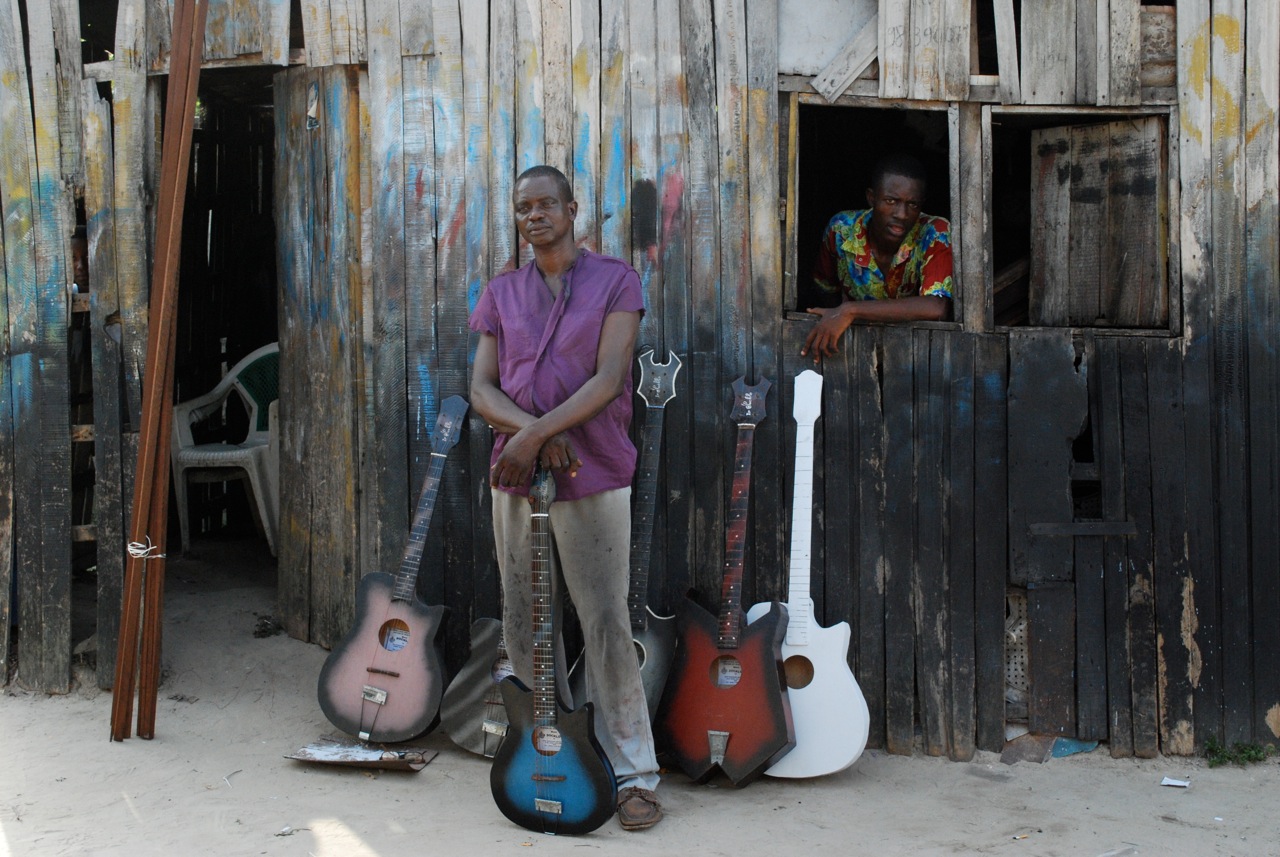
10 comments for “Algeria plays a master’s game in northern Mali”